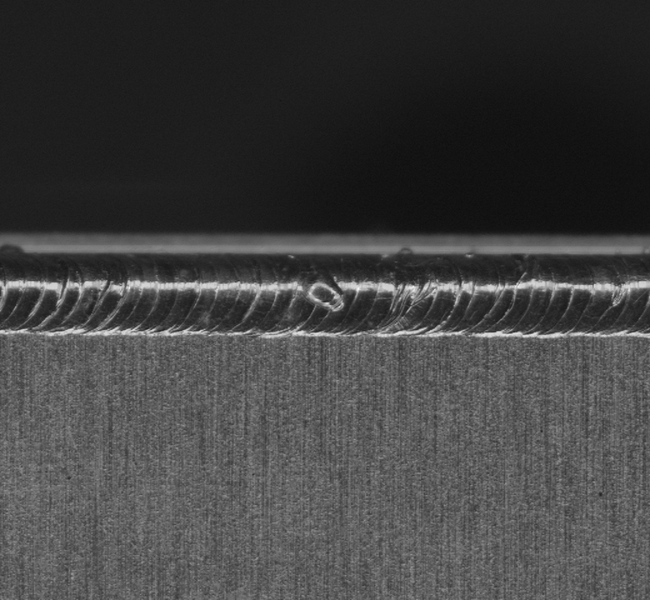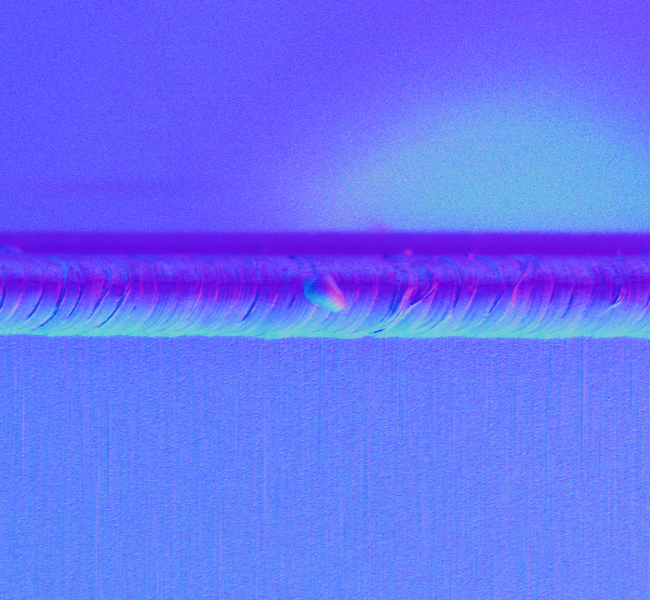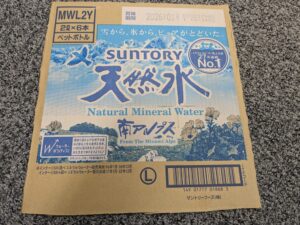Laser Weld Surface
The surface quality of laser welds is crucial because it directly affects the performance and lifespan of HDDs. If welding defects remain in the product, they can cause serious problems during use. The following types of defects may occur, and visual inspection is essential for detecting and eliminating them.
Pits
Gas generated during welding can solidify in the weld pool, leaving small holes (pits) on the surface. These pits can detract from the product's appearance and may also impact its durability.
Foresight Stereo Observations: In the Before images taken with existing lighting, pits may be difficult to see. However, by using Foresight Stereo and capturing After images with 3D Surface imaging, the pits become clearly visible.
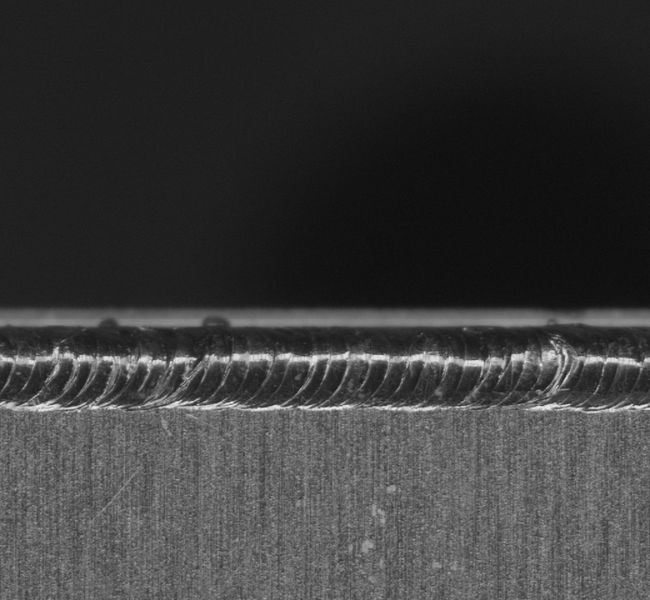
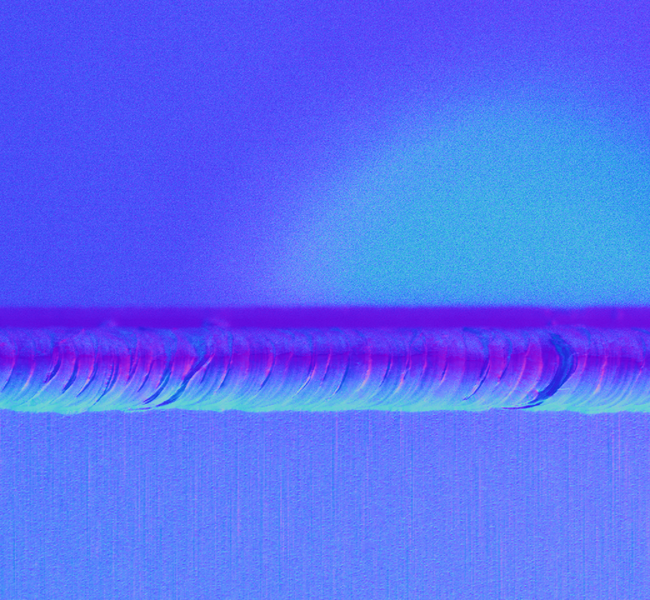
Overwelding/Underwelding
When the welding depth is uneven, overwelding or underwelding may occur. Overwelding results in unnecessary material usage, leading to increased product weight and deformation, while underwelding can reduce joint strength, potentially causing product malfunction.
Foresight Stereo Observations: In the Before images taken with existing lighting, overwelding or underwelding areas may be difficult to detect. However, by using Foresight Stereo to capture After images with 3D Surface imaging, the unevenness of the weld becomes clearly visible.
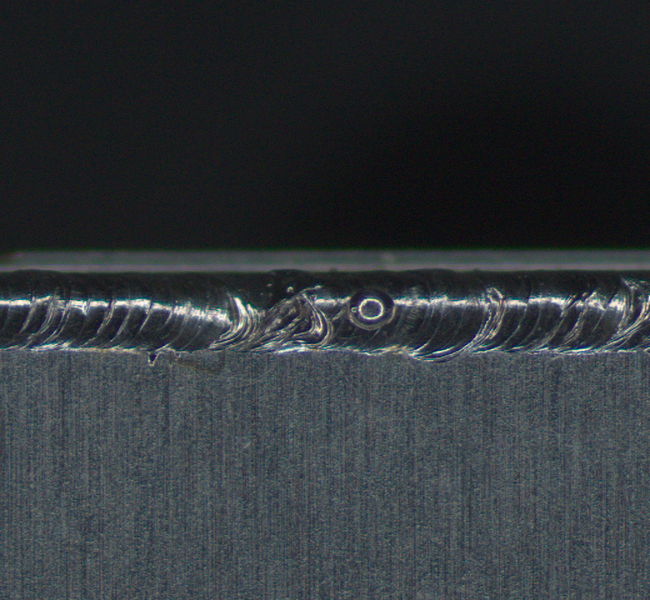
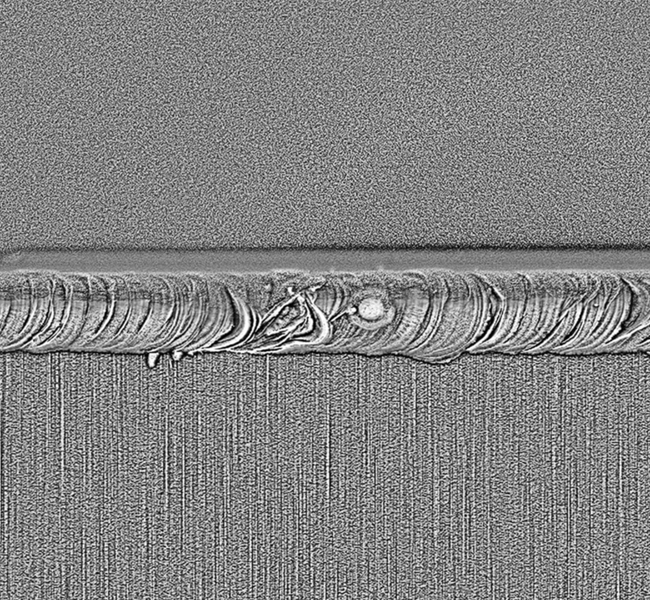
Spatter
Spatter refers to the small particles of molten metal that scatter during welding. These particles can adhere to the surface around the weld, reducing the quality of the finish. Spatter not only poses aesthetic issues but can also affect the functionality of the product, making appropriate treatment and inspection necessary.
Foresight Stereo Observations: In the Before images taken with existing lighting, spatter particles may be overlooked. However, by using Foresight Stereo to capture After images with 3D Surface imaging, the presence of these particles becomes clearly visible.
